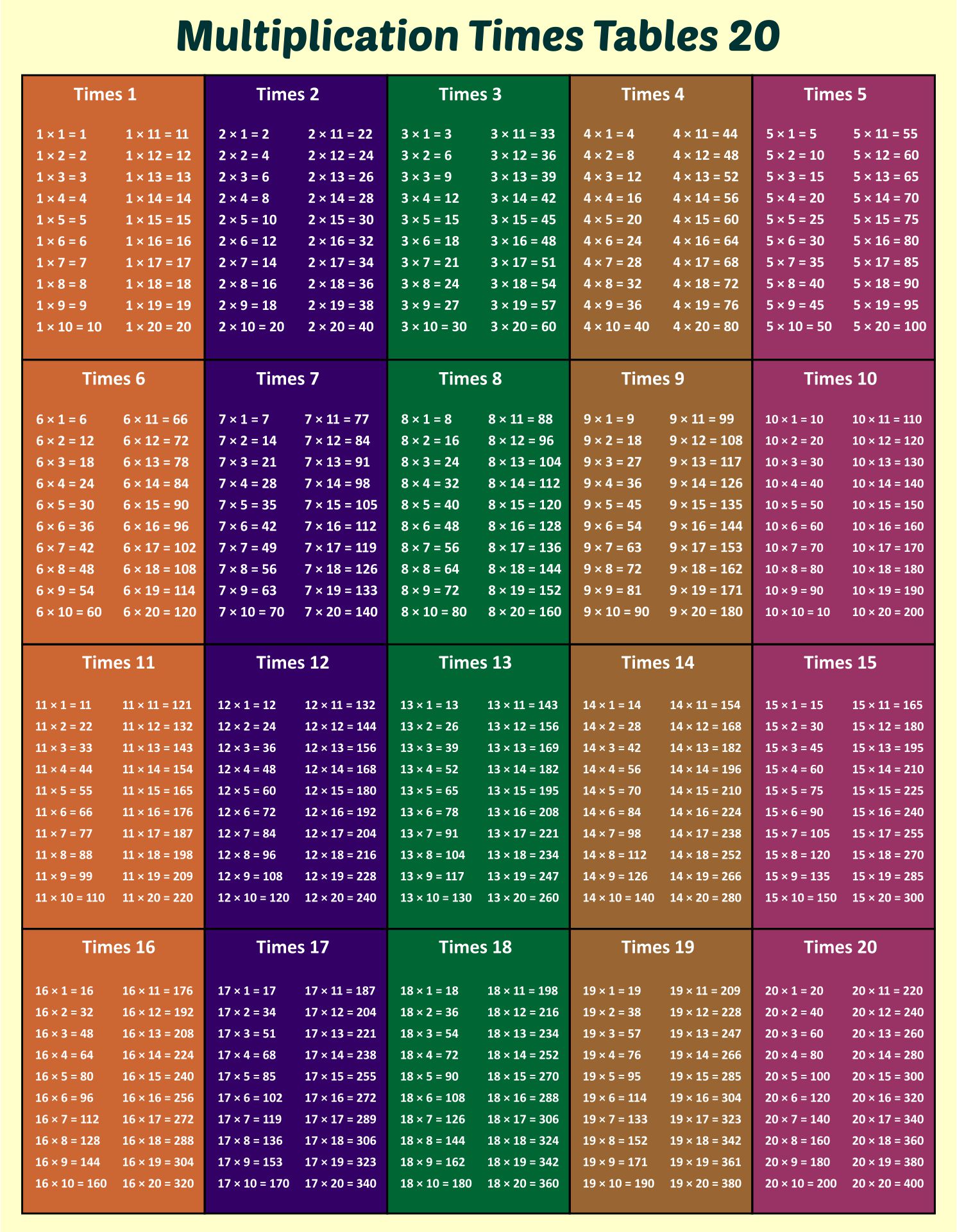
Matching Multiplication Cards (5x table) (different representations of multiplication).

Matching Multiplication Cards (4x table) (different representations of multiplication).Matching Multiplication Cards (3x table) (different representations of multiplication).

By the end of Grade 3, know from memory all products of two one-digit numbers. The various resources listed below are aligned to the same standard.įluently multiply and divide within 100, using strategies such as the relationship between multiplication and division (e.g., knowing that 8 x 5 = 40, one knows 40 ÷ 5 = 8) or properties of operations. Ignore the decimal places and complete the multiplication as if operating on two integers.The Multiplication and division resource above is aligned (wholly or partially) with standard 3OA07 taken from the Common Core Standards For Mathematics (see the extract below). There's 3 total decimal places in both numbers.
Insert a decimal point in the product so it has the same number of decimal places equal to the total from step 1.Įxample Long Multiplication with Decimals. Multiply the numbers using long multiplication. Ignore the decimals and right align the numbers one on top of the other as if they were integers. Count the total number of decimal places contained in both the multiplicand and the multiplier. Long multiplication with decimals using the standard algorithm has a few simple additional rules to follow. Use long addition to add your number columns from right to left, carrying as you normally do for long addition. When you finish multiplying, draw another answer line below your last row of answer numbers. Multiply as above, but this time write your answers in a new row, shifted one digit place to the left. When you've multiplied the ones digit by every digit in the top number, move to the tens digit in the bottom number. If you carried a digit, add it to the result and write the answer below the equals line. Multiply the ones digit of the bottom number to the next digit to the left in the top number. If that answer is greater than nine, write the ones place as the answer and carry the tens digit. 
Starting with the ones digit of the bottom number, the multiplier, multiply it by the last digit in the top number.The number with the most digits is usually placed on top as the multiplicand.
 Arrange the numbers one on top of the other and line up the place values in columns. These are the steps to do long multiplication by hand: The traditional method, or Standard Algorithm, involves multiplying numbers and lining up results according to place value. Long multiplication means you're doing multiplication by hand.
Arrange the numbers one on top of the other and line up the place values in columns. These are the steps to do long multiplication by hand: The traditional method, or Standard Algorithm, involves multiplying numbers and lining up results according to place value. Long multiplication means you're doing multiplication by hand.








 0 kommentar(er)
0 kommentar(er)
